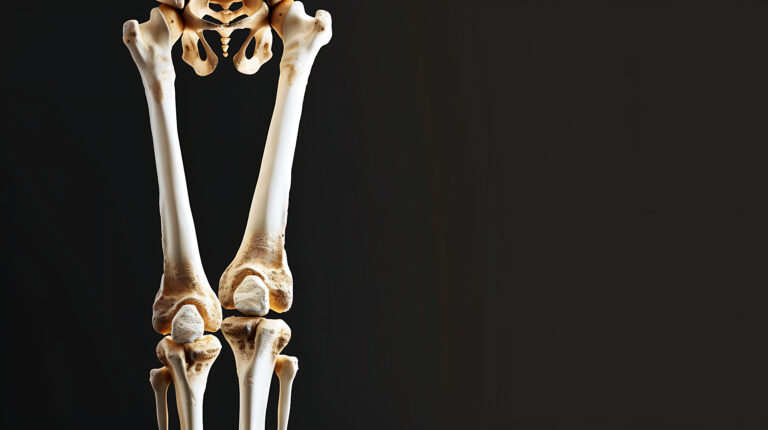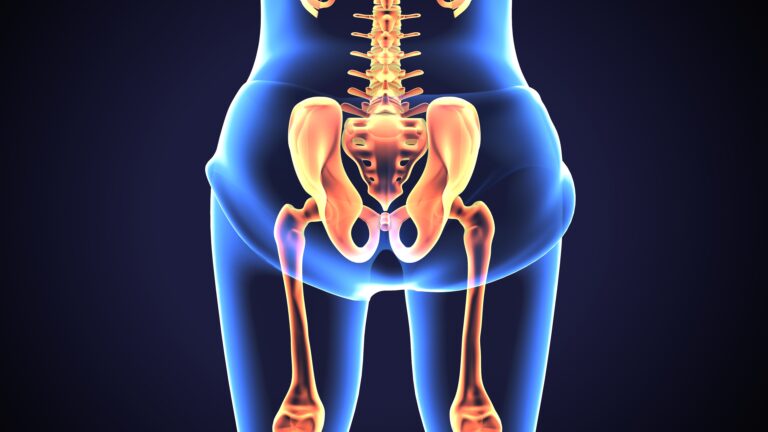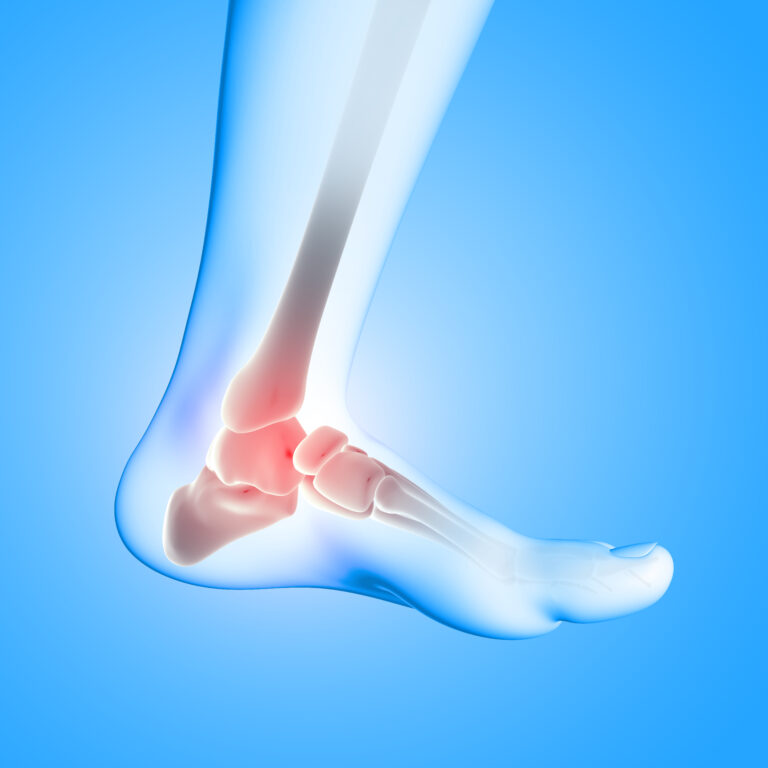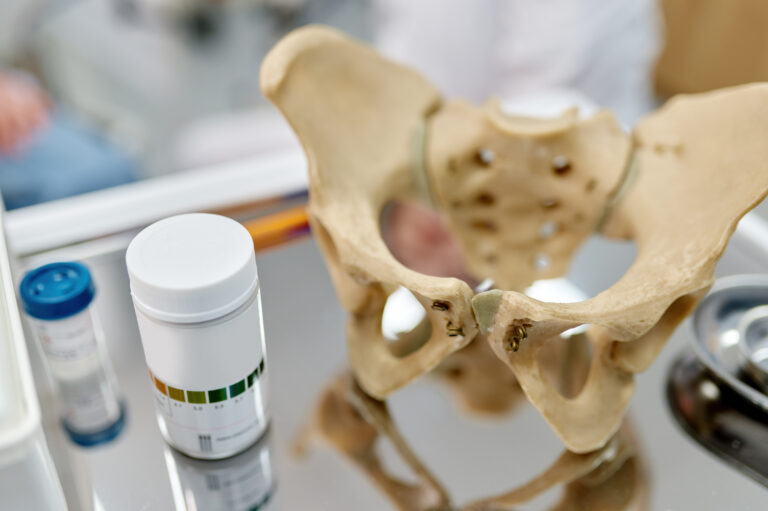
Introduction
Knee pain is a common issue that affects people of all ages and activity levels, often making it challenging to move freely or engage in daily activities. The knee is a complex joint made up of bones, cartilage, muscles, ligaments, and tendons, all of which can be subject to injury, wear, or inflammation. Understanding the common causes of knee pain is essential for identifying the root of the problem and seeking the appropriate treatment. This guide explores the most frequent causes of knee pain and how they impact movement, functionality, and overall well-being.
Overview
The knee joint is critical for basic movements like walking, running, squatting, and standing. Knee pain can result from a wide range of conditions, from acute injuries to chronic degenerative conditions. The causes of knee pain often vary depending on the individual’s lifestyle, activity level, and age. Common issues include injuries, arthritis, tendonitis, and overuse. Properly diagnosing the cause of knee pain is essential for effective treatment and relief, which may involve physical therapy, medications, or surgery.
Common Causes of Knee Pain
- Osteoarthritis: One of the most common causes of knee pain in older adults, osteoarthritis occurs when the cartilage in the knee breaks down over time, causing pain, stiffness, and swelling. It often results in a reduced range of motion and discomfort during movement.
- Ligament Injuries: Injuries to the knee’s ligaments, such as an ACL (anterior cruciate ligament) tear, can cause severe pain and instability. This is common in athletes involved in high-impact sports like basketball, football, or skiing.
- Meniscus Tears: The meniscus is a cartilage disc that acts as a cushion between the thigh bone and shin bone. A tear can occur from sudden twisting motions or aging, leading to sharp pain, swelling, and difficulty moving the knee.
- Patellar Tendonitis: Often called “jumper’s knee,” this condition involves inflammation of the tendon that connects the kneecap to the shin bone. It’s common in athletes who engage in repetitive jumping or running activities.
- Bursitis: The bursae are small fluid-filled sacs that cushion the knee joint. When these sacs become inflamed, often due to repetitive motions or excessive pressure, it results in bursitis, leading to pain and swelling around the knee.
- Iliotibial Band Syndrome: This condition involves inflammation of the iliotibial band, a ligament that runs along the outside of the thigh and knee. It is often caused by overuse, especially in runners, leading to pain on the outer side of the knee.
- Patellofemoral Pain Syndrome: Also known as “runner’s knee,” this condition causes pain in the front of the knee, especially when climbing stairs, squatting, or kneeling. It typically results from imbalances in the muscles surrounding the knee joint.
- Gout: This type of arthritis is caused by uric acid crystals forming in the joint, leading to intense pain, swelling, and redness. It often affects the knee and other joints in the body.
Potential Risks and Complications
- Chronic Pain: If left untreated, knee pain can evolve into chronic conditions, such as osteoarthritis, that worsen over time and require long-term management.
- Impaired Mobility: Severe knee pain can limit mobility, making it difficult to perform everyday activities such as walking, climbing stairs, or exercising.
- Disability: In some cases, untreated knee injuries or degenerative conditions can lead to disability or the need for joint replacement surgery.
Understanding the Treatment Process
- Rest and Ice: For acute injuries or inflammation, rest and ice can help reduce swelling and provide initial pain relief.
- Physical Therapy: Strengthening the muscles surrounding the knee and improving flexibility can reduce pain and improve function, especially for conditions like tendonitis or patellofemoral pain syndrome.
- Medications: Over-the-counter pain relievers such as ibuprofen or acetaminophen can provide relief from mild to moderate knee pain. In some cases, corticosteroid injections may be used for inflammation.
- Surgical Interventions: In severe cases, especially with ligament tears or degenerative conditions like osteoarthritis, surgical options such as arthroscopy or knee replacement surgery may be necessary to alleviate pain and restore function.
Factors Influencing Outcomes
- Age: Older individuals are more likely to experience degenerative conditions like osteoarthritis, which can lead to chronic knee pain.
- Activity Level: Athletes or individuals who engage in repetitive high-impact activities are at higher risk of knee injuries and overuse conditions.
- Weight: Excess body weight places added stress on the knees, increasing the risk of arthritis and other joint problems.
- Previous Injuries: Individuals with a history of knee injuries, particularly ligament tears or fractures, are more susceptible to developing ongoing knee pain and complications.
Informed Decision-Making
- Consulting Healthcare Providers: If knee pain persists, it’s important to consult with a healthcare provider, such as an orthopedic specialist, to determine the underlying cause and receive appropriate treatment.
- Treatment Options: Consider all available treatment options, including physical therapy, medications, lifestyle changes, and, if necessary, surgical interventions, to manage knee pain effectively.
- Lifestyle Adjustments: Women experiencing knee pain should focus on maintaining a healthy weight, incorporating low-impact exercises like swimming or cycling, and avoiding activities that exacerbate pain.
Key Takeaway
Knee pain can stem from a variety of causes, including injury, arthritis, and overuse. Understanding the specific cause of knee pain is crucial for effective treatment and prevention. Timely medical intervention, along with appropriate treatment options like physical therapy and medication, can help manage pain and prevent further damage. By adopting healthy lifestyle habits, such as maintaining a healthy weight and avoiding repetitive stress on the knee joint, women can reduce the risk of knee pain and improve their overall joint health.
Disclaimer
This information is for educational purposes only and should not replace professional medical advice. Always consult with a healthcare provider for proper diagnosis and treatment tailored to your individual needs.




